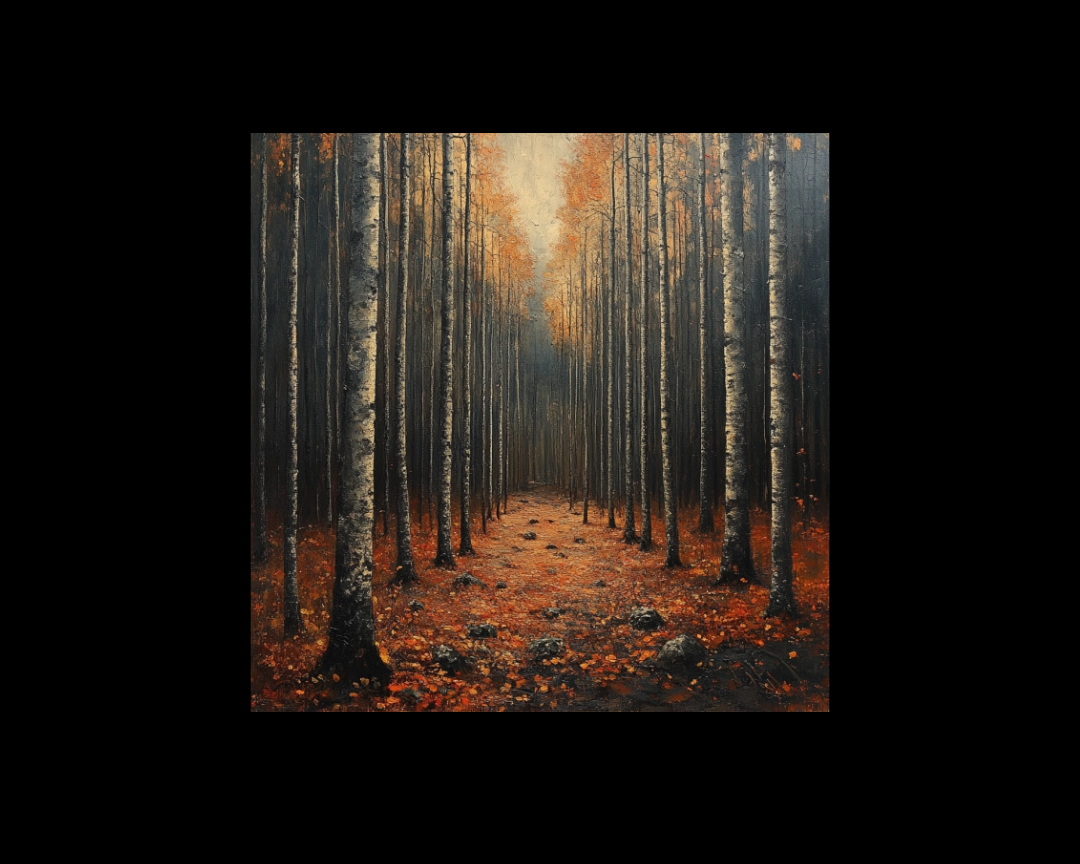And Then One Day…
The term storytelling is bandied about under a thinly veiled attempt to make brands seem human. It’s often inaccurately associated with the task of...

Writers and narrative designers are constantly seeking fresh approaches to engage their audiences. One innovative method gaining traction is the application of biomimicry to narrative structures. Biomimicry, the practice of emulating nature's time-tested patterns and strategies, offers a wealth of inspiration for creating compelling and organic storytelling experiences.
Biomimicry in storytelling involves observing natural systems, processes, and elements, then applying these principles to narrative structures. This approach can lead to more dynamic, adaptive, and resilient storytelling methods that resonate with audiences on a fundamental level.
Let's explore various natural systems and how they can be applied to storytelling, complete with examples from literature, film, and other media.
Natural System: Trees add growth rings annually, creating a layered history of their development.
Narrative Application: Construct stories with multiple layers, each representing a different time period or perspective that contributes to the overall narrative.
Example: David Mitchell's "Cloud Atlas" features six nested stories, each encompassing and building upon the previous ones, much like tree rings.
Natural System: Symbiotic relationships in nature where different species benefit from their association.
Narrative Application: Create multiple storylines that are distinctly separate yet interdependent, each enhancing the others.
Example: The TV series "Sense8" showcases eight characters with a symbiotic psychic connection, their individual stories intertwining and supporting each other.
Natural System: The Fibonacci sequence, found in patterns of leaf arrangement and spiral shells.
Narrative Application: Structure story beats or chapter lengths to follow the Fibonacci sequence, creating a naturally flowing rhythm.
Example: Darren Aronofsky's film "Pi" uses the Fibonacci sequence in its scene structure and musical score to create a sense of mathematical beauty and tension.
Natural System: The fluid, coordinated movements of bird flocks known as murmurations.
Narrative Application: Develop character interactions that shift and flow in response to each other and external events, creating dynamic and unpredictable plot developments.
Example: George R.R. Martin's "A Song of Ice and Fire" series features a large cast of characters whose actions and alliances shift in complex, murmuration-like patterns.
Natural System: Fractal patterns in nature, where similar shapes repeat at different scales.
Narrative Application: Create plots with self-similar structures at different scales, from individual scenes to the overall story arc.
Example: Christopher Nolan's "Inception" uses a fractal-like structure of dreams within dreams, each level mirroring the others while operating on a different scale.
Natural System: The evolutionary process of species adapting to their environment over time.
Narrative Application: Develop stories that adapt and evolve based on audience interaction or changing external factors.
Example: The "Black Mirror: Bandersnatch" interactive film allows viewers to make choices that adapt the storyline, mimicking the process of evolution through selection.
Natural System: The cyclic nature of hibernation in certain animals.
Narrative Application: Structure a story with alternating periods of high activity and dormancy, slowly revealing information during "awakening" phases.
Example: The TV series "Westworld" uses a structure reminiscent of hibernation cycles, with periods of revelation followed by lulls that allow for reflection and theory-building.
Natural System: The dramatic transformation process seen in insects like butterflies.
Narrative Application: Design character arcs that involve complete transformations, not just in personality but in fundamental nature or form.
Example: Franz Kafka's "The Metamorphosis" literally applies this concept with the protagonist's transformation into an insect, exploring the psychological and social implications.
Natural System: Underground fungal networks that connect and facilitate communication between plants.
Narrative Application: Create a series of seemingly separate stories that are subtly interconnected through an underlying network of shared elements or characters.
Example: The Marvel Cinematic Universe uses this concept, with individual films and series connected through an underlying shared universe and overarching plotlines.
Natural System: Ecotones are transition areas between two biological communities, often rich in biodiversity.
Narrative Application: Craft stories that exist at the intersection of multiple genres, creating rich, hybrid narratives.
Example: Jeff VanderMeer's "Annihilation" blends elements of science fiction, horror, and philosophical fiction, creating a narrative ecotone that defies easy categorization.
To effectively use biomimicry in your narrative structures:
Biomimicry offers a fresh lens through which to view and construct narratives. By drawing inspiration from the time-tested systems and processes of nature, storytellers can create more organic, engaging, and resilient narrative structures. As we continue to explore the intersection of nature and storytelling, we open up new possibilities for creating stories that resonate deeply with our innate connection to the natural world.
Remember, the key to successful biomimicry in storytelling is not just to imitate nature, but to innovate based on its principles. As you experiment with these techniques, you may find yourself telling stories in ways that are as surprising, efficient, and beautiful as nature itself.
%20(1)-1.png)
The term storytelling is bandied about under a thinly veiled attempt to make brands seem human. It’s often inaccurately associated with the task of...
%20(1)-2.png)
As long as there have been people on earth, there have been stories to tell. Humans have used storytelling as a way to educate, entertain, and inform...
%20(1).png)
In the world of storytelling, the heroes may shine, but it's the villains who leave a lasting impression on readers and viewers alike.